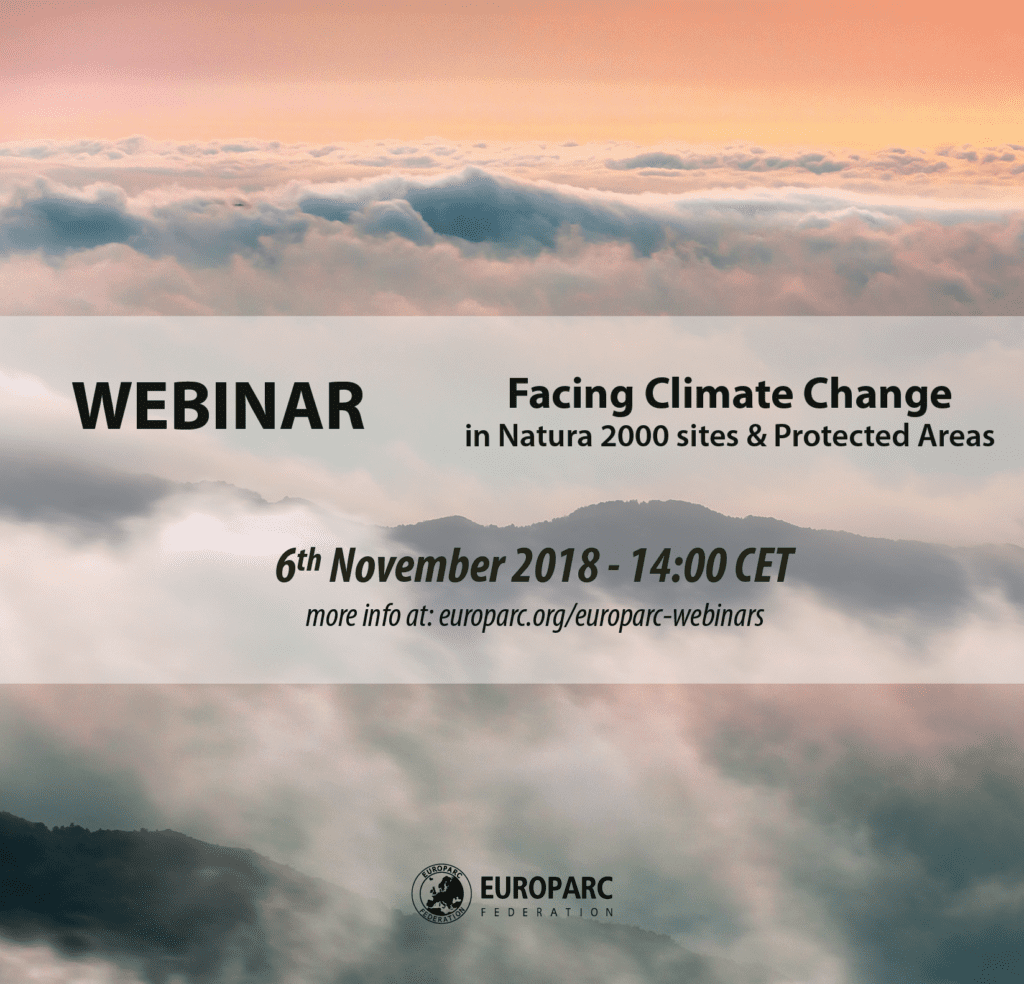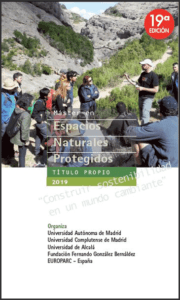EUROPARC Youth Manifesto – Implementing Change. Now!
©James Stevens
This Friday the EUROPARC Youth Manifesto has been out there for exactly three weeks. Calling decision-makers to action. Inspiring youth empowerment and cooperation across generations at local levels. Asking all of us living, learning and working together in parks and rural communities to listen to young people.
Three weeks ago, a diverse group of talented and hard-working young people from all over Europe, pitched their inspiring document to delegates at the EUROPARC 2018 Conference in Cairngorms National Park – a real success! Their clear message:
We are ready to take action and tackle our common challenges together with you – now we need you to respond!
Now, only 21 days after its official launch the Youth Manifesto has gained momentum! First project ideas to implement the Youth Manifesto are right now being discussed in parks and rural areas across Europe. Some of the young ambassadors are travelling around their regions, invited to present the Manifesto. Some have even worked out concrete plans with responsible authorities in their parks and communities, to take action.
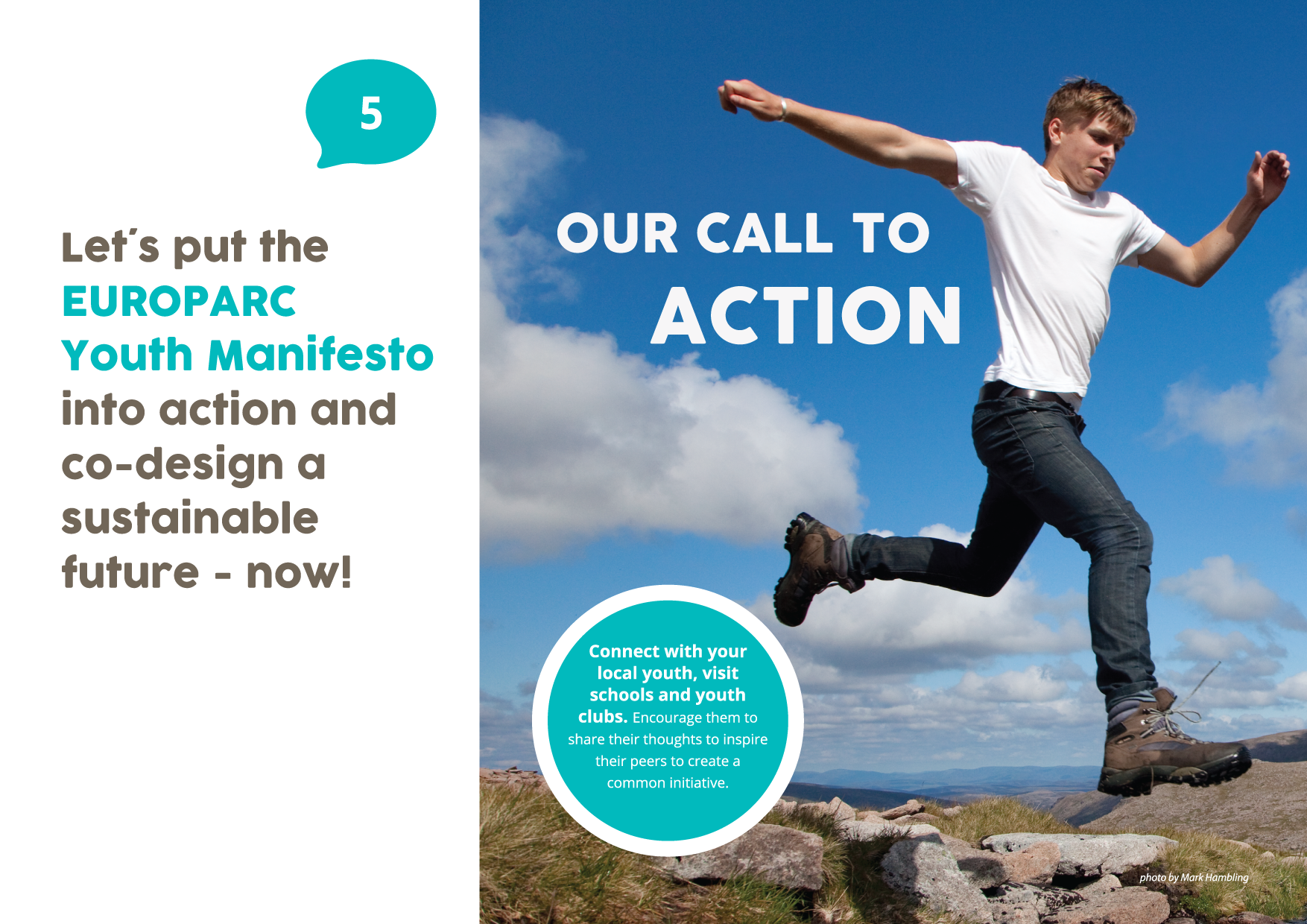
The EUROPARC Conference 2018 has marked a promising starting point. Now we need to keep the momentum going: Kick-off is now!
In the upcoming months we’ll keep you updated about the projects implementing the Manifesto all over Europe – providing you with the inspiration and hand-on experience it takes for you to start with your own.
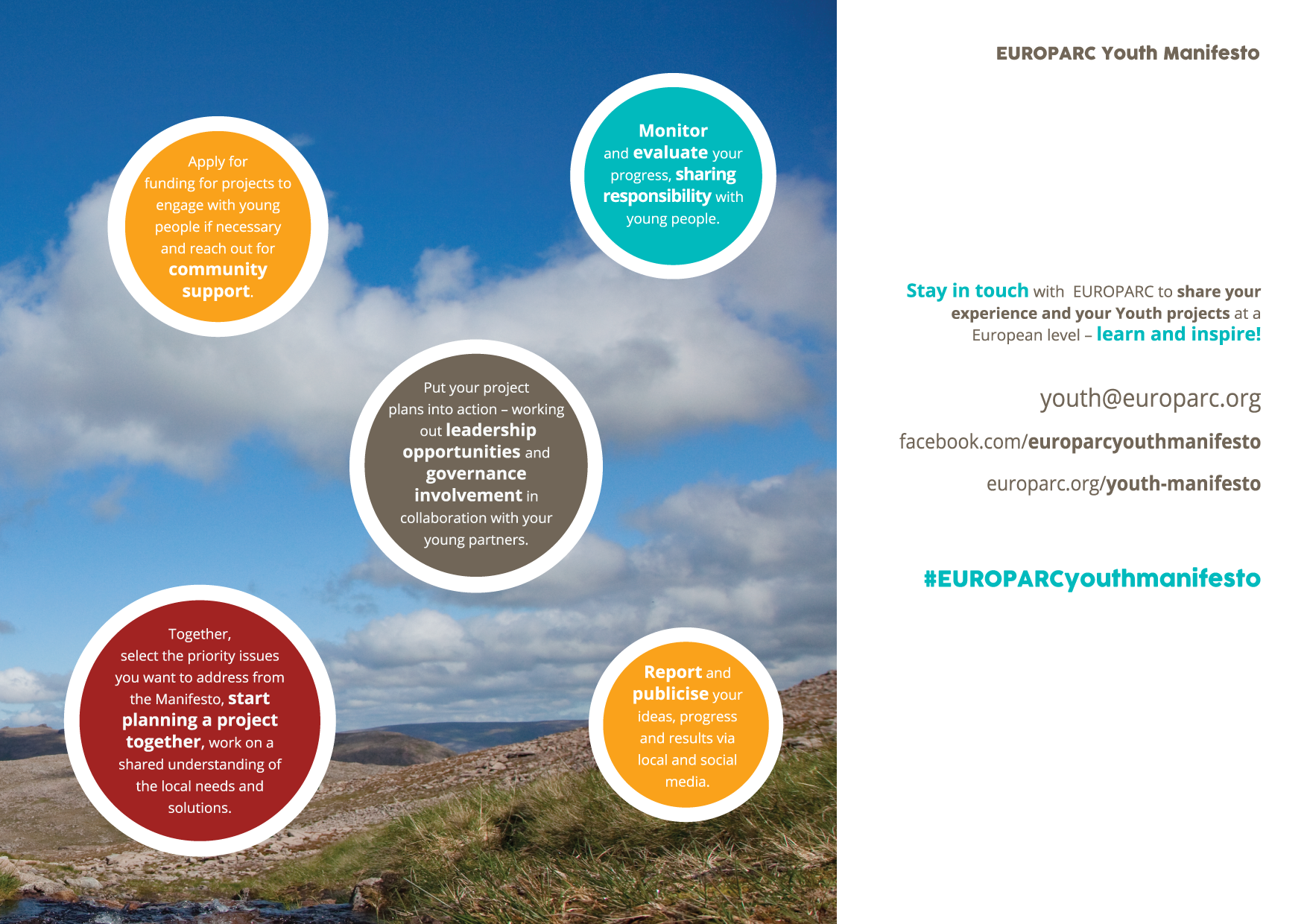
We are already excited to learn about your projects inspired by the Manifesto, so we can connect and make them visible throughout our European network. Feel free to get in touch with us for questions and make sure you keep us posted about your ideas to implement the Youth Manifesto in your area: youth_at_europarc.org.
Let’s take action for change and co-create sustainable Protected Areas and resilient communities together!
Make sure you follow the EUROPARC Youth Manifesto Project on Social Media and check the Youth Manifesto Website & EUROPARC news page regularly to keep up to date!
Youth getting ready to lead – Throwback to Youth Workshop Sessions at EUROPARC Conference 2018
How to lead environmental games connecting people with nature? How to make a difference and create change in communities?
As every year, delegates at EUROPARC Conference 2018 had the chance to choose from a broad range of 3-hour-workshops allowing to explore and discuss in-depth about topics relevant to Protected Area Management. The only downside to this valuable format? It means spending even more time indoors.
In this respect the young delegates aged below 30 were the true lucky ones – getting the best of both worlds in their workshop on how young people can take the lead for nature and take action to make a difference in their communities.
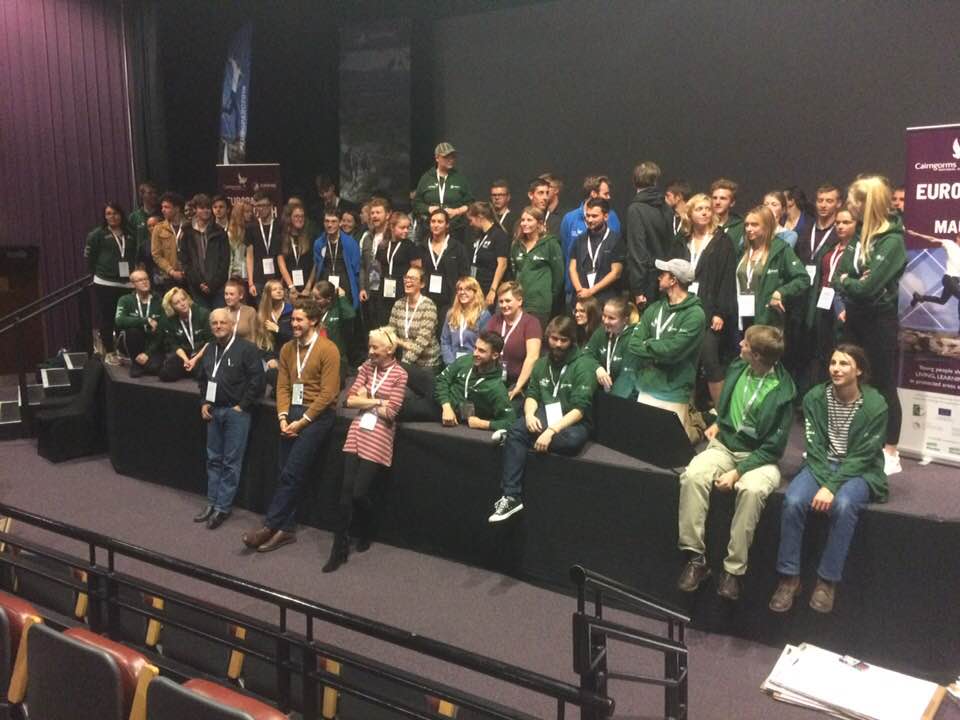 They started off their workshop session indoors, working in small groups to think up projects that could help bring about changes in their own local places. Afterwards they put on their outdoor gear and and set off to learn some practical skills needed to take the lead in environmental games and connect people with nature.
They started off their workshop session indoors, working in small groups to think up projects that could help bring about changes in their own local places. Afterwards they put on their outdoor gear and and set off to learn some practical skills needed to take the lead in environmental games and connect people with nature.
The first workshop part was supported by the Conference keynote speakers Hendrikus van Hensbergen – founder of the youth charity “Action for Conservation” inspiring a youth movement committed to conservation – and Richard Louv – journalist and author of nine books, including Last Child in the Woods and Chairman Emeritus of the Children & Nature Network working to connect children and their families to nature worldwide. The basic idea of this session was to bring young people from all over Europe together in small groups and let them discuss where they see the need for change. Then, the task for each group was to come up with a joint project idea – showing how they could help bring about that change. Each group had one minute to pitch their project sketch to their peers, Richard Louv and Hendrikus van Hensbergen.
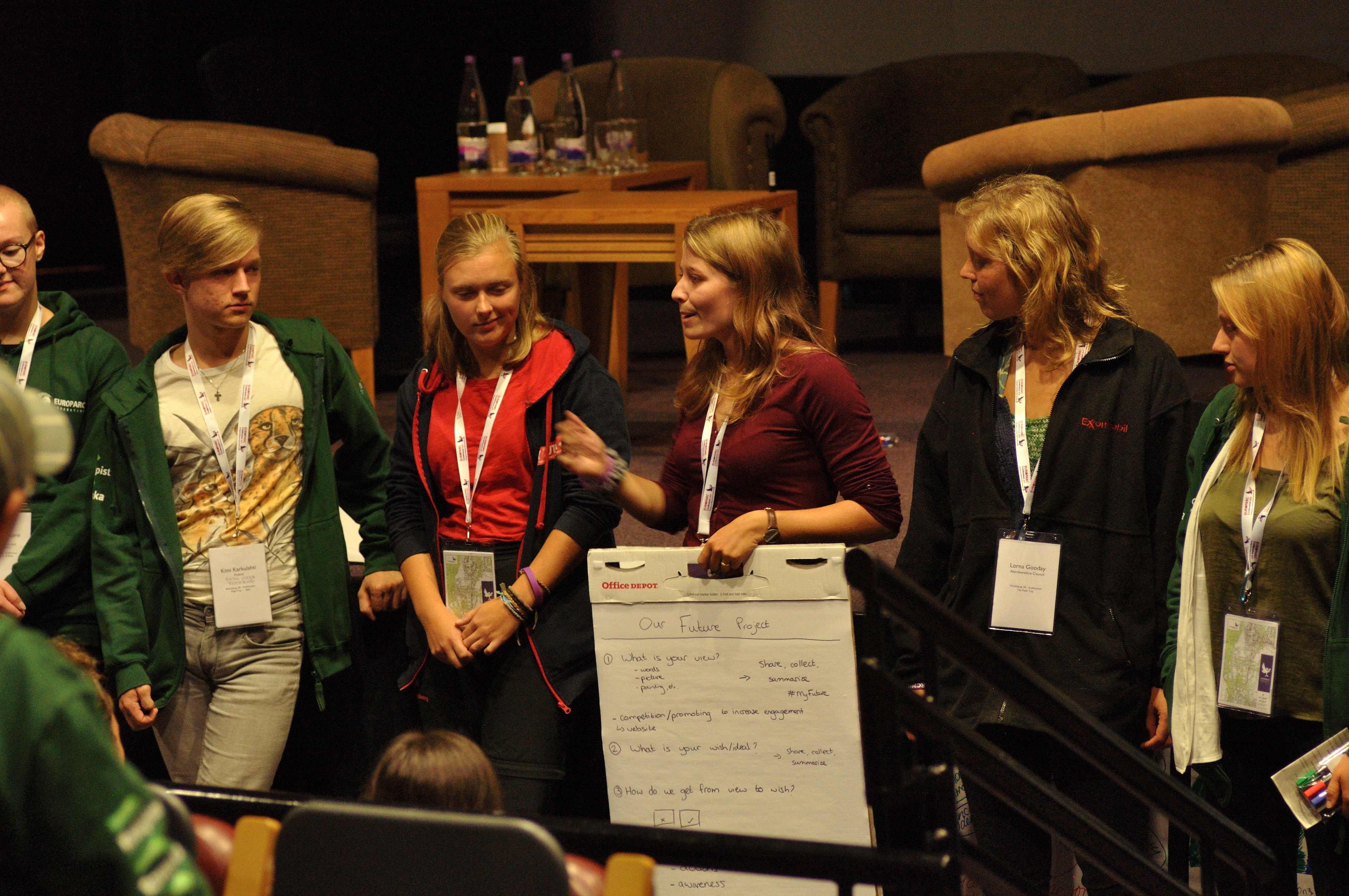
What youngsters came up with in short time was impressive and to everyone’s surprise ideas were not only creative, but proved to be pretty solid starting points ready to be fine tuned and implemented. What most ideas had in common was their keenness to use social technology and their focus on creating more open-minded and inclusive rural communities, viable job perspectives and promoting environmentally conscious behavior.
After the short presentations some youngsters who were interested to actually make their ideas happen engaged in exchange with Richard Louv and Hendrikus van Hensbergen who offered to support with their advise. One take-away message of that first workshop part was:
Exchange with peers about the issues that matter to you, believe in your own ideas and be courageous to take the first step – each one of us makes a difference.
For part two, the young workshop participants needed their raincoats. Scotland treated them to an authentic weather experience, which was no obstacle to the three sessions planned on leading environmental games in the nearby surroundings. Divided into three groups, the workshop participants went outdoors to learn with Rangers of the Cairngorms National Park.
- Leading environmental games
A hands-on and interactive session to experience ways of delivering environmental games and activities. In this workshop, youngsters did not only learn games suggested by the workshop leaders. After all, it was all about learning how to lead and inspire, so participants got the opportunity to get creative themselves: They chose random toys and materials provided by the workshop leaders and using those, they invented their own games in small groups. All games were tested on the spot and showed: From viking hat, to toy rabbit to rope – any object served the young leaders well as a game starter. There was – maybe given the wet and chilly weather – clear preference for quick and simple games making everyone in the group move.
- Teaching bushcraft
This session was about gaining the understanding and skills to deliver basic bushcraft sessions, such as lighting fire, tool use and shelter building. Never mind the rain, participants managed to light some small fires and warm their hands before moving on. Most of them had made fires many times before, focus here was on learning how to teach beginners how to handle the fire lighting safely.
- Improving ID skills
The ID session took participants out to the local Craigellachie (National Nature Reserve) NNR where they learned about different ways to help people to develop some basic nature ID skills and connect them with the natural environment through activity. The youngsters looked at some simple keys and hints for identifying common species of trees, plants and animals and discussed how to choose the appropriate material for different target groups. For instance it is helpful to know what learning types are there in your group – are there visual learners, who memorize and understand best looking at pictures? Are there people who prefer to read in detail about species characteristics? To get people excited and help them connect it matters most to provide an accessible, engaging and rewarding experience, that is sensible towards different levels of knowledge and considers their motivation to join the activity.
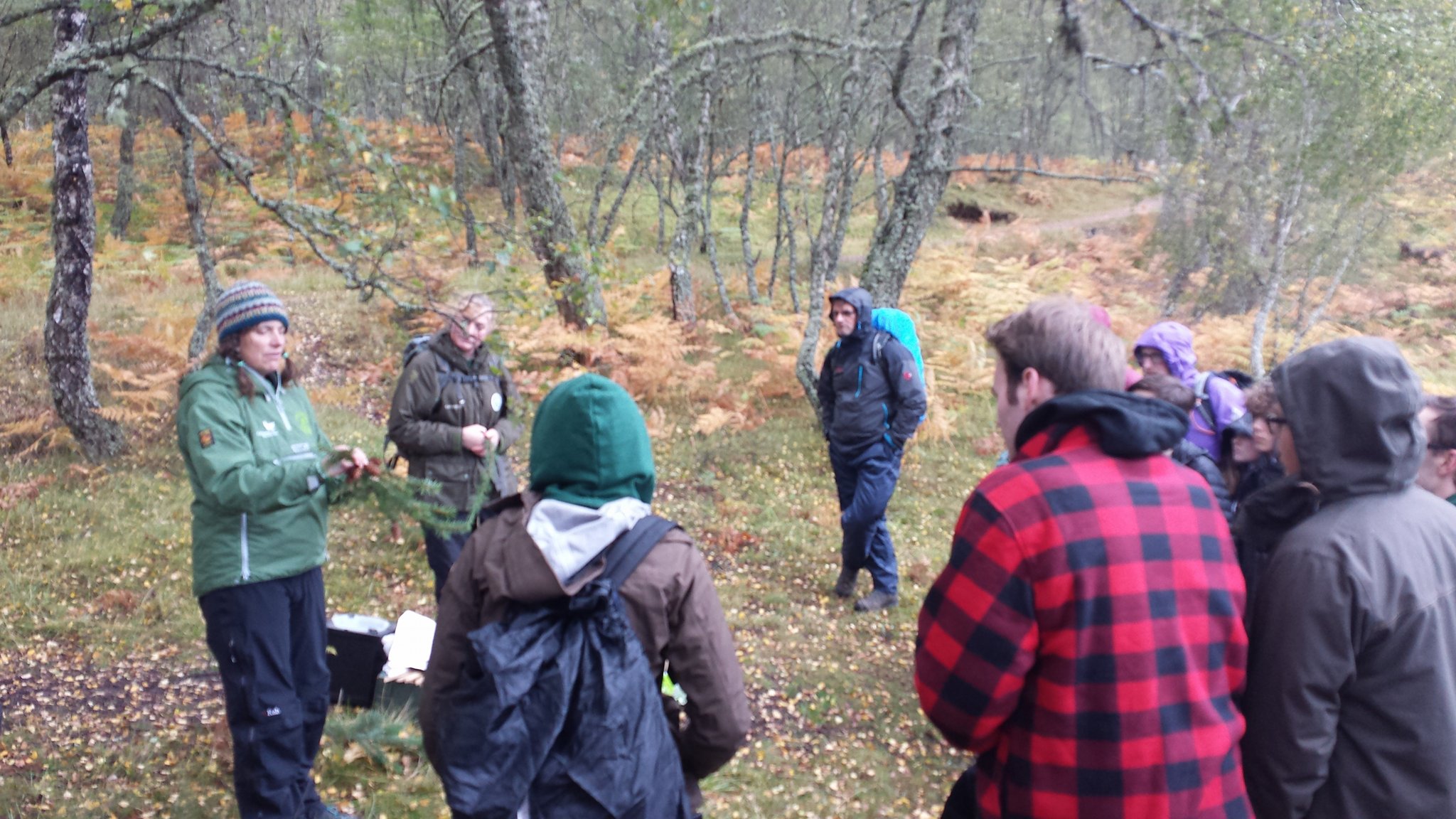
The EUROPARC Conference 2018 was hosted under the title “European Parks: inspired by the next generation”. It was focused on youth involvement in Protected Areas and commemorated the current Scottish Year of Young people 2018. Find a full overview of all Conference days on our dedicated page and make sure you don’t miss out on the impressions in our official photo album – delegates in kilts are just one out of many highlights you will find there!
Next Webinar: Facing Climate Change in Natura2000 sites
Facing Climate Change in Natura 2000 sites & Protected Areas
- 6th November 2018, 14:00 CET (Central Europe Time)
- Register here
Protected Areas (PAs) and especially Natura 2000 sites are in the front line of nature conservation: monitoring, evaluating, and sounding the alarm of biodiversity loss and climate change effects. As natural hubs of biodiversity, they ensure genetic diversity increasing the resilience of species – and their chances of survival – when threatened by disease and natural changes. Besides contributing to climate change adaptation, Natura 2000 sites and PAs, in general, have also a potential to contribute to climate change mitigation. Responsible for around 15% of the terrestrial carbon stock (Campbell et al., 2008, in UNEP-PA and Climate Change) protected habitats prevent the loss of carbon stored in natural ecosystems.
In this webinar, we will learn the efforts to preserve a species threatened by the effects of climate change and will learn how protected areas can incorporate adaptation measures into their management plans.
The webinar is presented by Michael Hosek, coordinator of the EUROPARC Natura 2000 Commission, who will frame the opportunities and challenges for Natura 2000 sites and protected areas in the context of the European Environmental Policy. Further, Olivier de Sadeleer will introduce us the Life ClimaAdapt, a five-year project to which EUROPARC collaborates. It aims at developing a participative methodology to adapt nature protection to the challenges of climate change in Europe and will bring benefits to all EUROPARC members.
Case Study 1
New conservation methods for the Saimaa ringed seal in a changing climate
by Miina Auttila, Conservation biologist, Finland
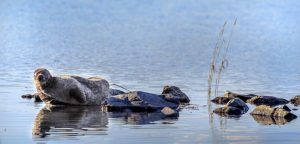
The Saimaa Ringed Seal, by Timo Seppäläinen
Breeding success of the critically endangered Saimaa ringed seal (Phoca hispida saimensis) is depending on sufficient ice and snow cover, and therefore climate change threats the population. Man-made snowdrift method has been developed to improve the seals’ breeding success during poor snow conditions. This method was implemented as a conservation act first time in the EU funded Safeguarding the Saimaa ringed seal Life+ project. During the five years project the full-scale implementation of the method was conducted in three winters due to weak snow cover. In addition, in two winters the snowdrifts were piled at places where snow conditions were the weakest.
Metsähallitus organized the conservation act and around 300 volunteers participated to the process where altogether ca. 1 000 snowdrifts were piled at Lake Saimaa. In those five years most of the man-made snowdrifts were used by seals, and around 70% of pups were born in the piled snowdrifts and the pre-weaning mortality remained relatively low. The man-made snowdrift method proved to be effective for improving the seals breeding success during mild winters. In addition, two types of artificial nest structures have been under development and testing. Preliminary results of the art-nests are encouraging for further development.
Case Study 2
Toolkit for incorporating adaptation to climate change in the planning and management of protected areas
by Marta Múgica, Coordinator, EUROPARC Spain
Management plans are the main and most important tool for natural areas, as they set biodiversity and conservation targets along with indicators and evaluation criteria. However, while other drivers of climate change (like changes in land use, invasive species or pollution) are well identified and targeted in management plans, the attention shown to climate change is very scant, often non-existent.
Adaptation to climate change in protected areas should be based on an ecosystem approach, aiming for the protection of the natural resources and ecosystem services provided to society. To support Protected Areas technicians and decision makers to better incorporate actions for climate change adaption in their management plans, EUROPARC Spain launched a practical manual in 2017 –Adaption to Climate Change in Protected Areas, and a practical Toolkit.
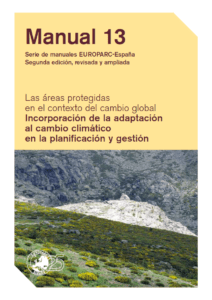
The webinar will be held in English and have a duration of approximately 1:15 min. Participation is free but registration is necessary – you can register here.
Previous Webinars
MSc in PROTECTED AREAS 2019 – EUROPARC Spain
Once again, EUROPARC Spain and the Fernando González Bernaldez Foundation have launched the XIX edition of the Master en Espacios Naturales Protegidos (Master in Protected Areas) promoted by three prestigious Spanish Universities. Registrations are now open until 31st of October!
A Master degree for future Protected Area managers
The Master in Protected Areas is an advanced postgraduate programme focused on taking students closer to the reality of protected area professional. It is aimed at those who develop or seek to develop their professional activity in the field of nature conservation, both managers and technicians who want to complete their specific training, as well as young graduates interested in working in this field.
It was first released in 2001, it is designed to meet the needs of different academic and professional trajectories and it has been taught succesfully and without interruption since then. Until today, more than 600 participants from around thirty different nationalities have successfully followed it. The programme aims to tackle both the functioning of natural systems and the management techniques and modes of intervention in the socio-economic environment.
The Master in Protected Natural Spaces is jointly organized by three Spanish universities with extensive experience in the environmental field, the Autonomous University of Madrid, the Complutense University and the University of Alcalá, through the Fernando González Bernáldez Foundation and in collaboration with EUROPARC-Spain. It has the support of the BBVA Foundation that supports a scholarship program for Latin American students. The students obtain at the end of the course the own title of Master in Protected Natural Spaces, issued jointly by the three conveners universities.
The Master will be fully imparted in Spanish language, although some knowledge of English language for the literature review is advised. During a one year programme composed by face-to-face and virtual sessions, the students will cover:
• An in-depth reflection on nature conservation and environmental management in the context of sectoral policies and strategies at national and international level;
• A critical analysis of the role of protected areas in the context of Global Change and the relationships between ecosystems and sustainability.
• Planning, management and evaluation tools to positively intervene in the conservation of natural spaces;
• Concrete analysis and intervention tools to support the contribution from protected spaces to human well-being;
Funding opportunities
For those interested in economic support, up to 4 scholarships to cover the tuition fees are available and can be requested at the time of pre-registration. The award will be granted based on the professional and academic qualification and on the personal and economic circumstances of the applicants.
The BBVA FOUNDATION, which has among its priorities the promotion of research and environmental training, also collaborates since 2003 by granting scholarships to university graduates and professionals from Latin America. The call for these scholarships for Latin America was closed in February 2018.
Below you can watch the video of the announcement of the Master in Protected Areas 2019:
For more information, please visit the Master en Espacios Naturales Protegidos website, download the leaflet of the Master 2019.
Registrations are now open! Send your engquiries or register by contacting master@fungobe.org.

